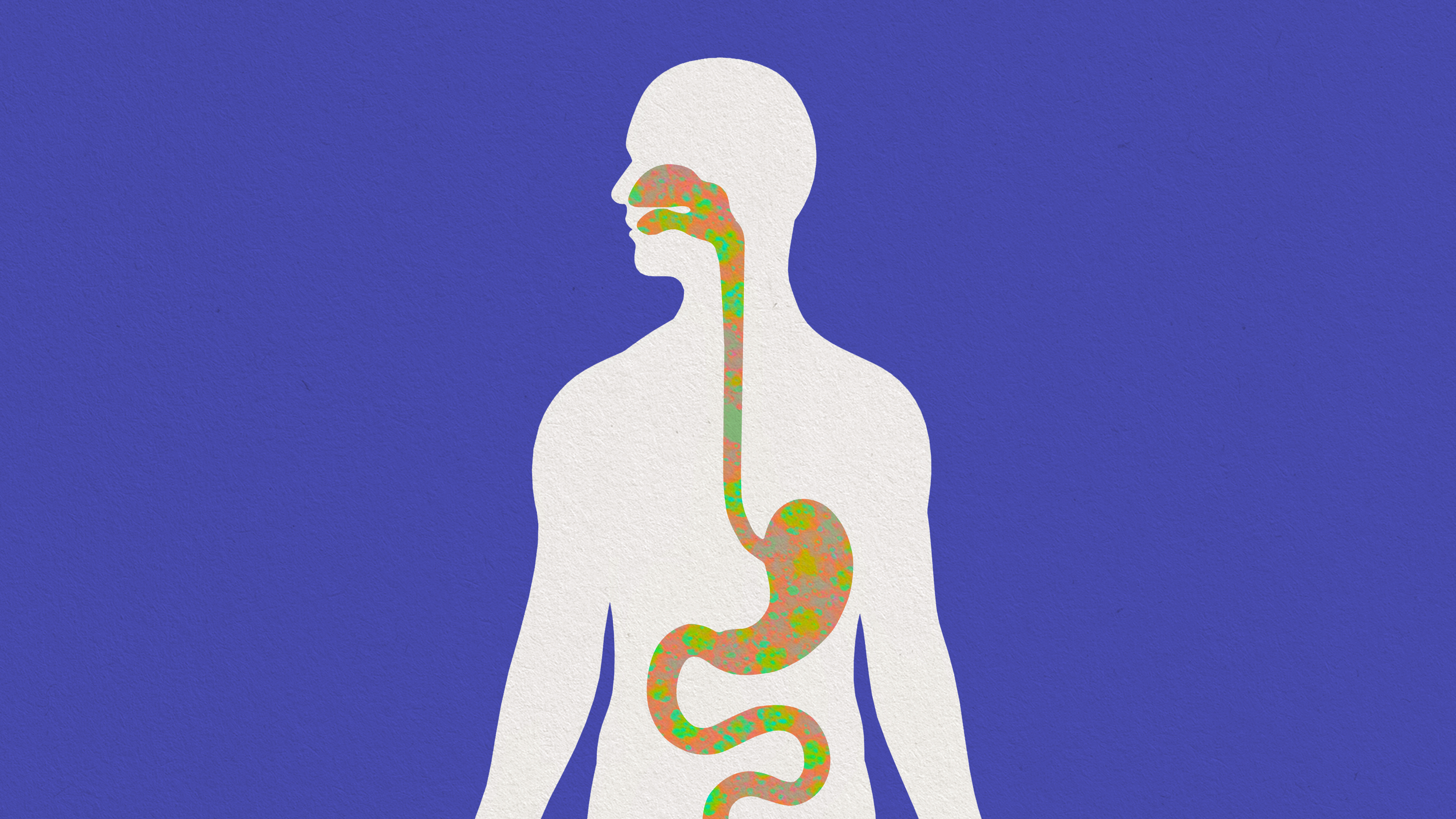Sixteen facial expressions appear in every culture

Credit: Andrea Piacquadio from Pexels
- A new study reviewed YouTube videos in search of commonly used expressions and the conditions that prompted them.
- The researchers suggest the commonality of our expressions is evidence that some emotional reactions are universal.
- This study is hardly the first to take on that question.
Despite the often extreme differences between individuals, many elements of our existence are shared by almost everyone. We all shiver in the cold, sweat in the heat, and sometimes dream while sleeping. A new study adds to that list another essential part of our existence: our facial expressions.
Researchers from UC Berkeley and Google Research used machine learning and YouTube videos to compare common facial expressions to the situations that prompt them. The study was published in Nature.
The researchers logged the facial expressions of six million videos using a machine learning algorithm. These videos were made by people from 144 different countries representing all corners of the Earth and featured various situations and subjects.
The algorithm searched the videos for 16 facial expressions commonly associated with amusement, anger, awe, concentration, confusion, contempt, contentment, desire, disappointment, doubt, elation, interest, pain, sadness, surprise, and triumph. After instances of these expressions were identified, the researchers tied the expressions to the contexts in the videos.
As some of you might suspect, the scientists reviewing the data found that people are alike all over. All sixteen facial expressions popped up in similar circumstances. Everybody tends to cheer, cry, concentrate, and celebrate in similar ways. No group of people smiles when startled, shrugs when surprised, or frowns with joy. The findings suggest that 70 percent of the expressions we use to show emotional reactions are shared across cultures.
Lead author Alan Cowen of UC Berkeley explained the findings by saying:
“We found that rich nuances in facial behavior — including subtle expressions we associate with awe, pain, triumph, and 13 other feelings — are used in similar social situations around the world.”
Cowen used the data to create an interactive online map of the emotions which can be viewed here.
The findings support previous studies that reached similar conclusions. The debate over whether human emotional expression is universal or culturally defined has a long history. Even Charles Darwin weighed in on the subject, and studies supporting both sides of the debate continue to be published.
A recent study pointed to the faces of artwork made by the Mayans as evidence of universal expressions. Another had members of an isolated group in New Guinea name the emotions people in photographs expressed; their answers matched those of westerners in all but one case. The authors of that study argue that this is evidence that expressions are not entirely universal. A large study from a few years ago had test subjects try to guess the expressed emotions of computerized faces and found that interpretations changed with the test subject‘s culture.
The findings of this study, while firmly on the side of the universalists, will hardly be the last word on the topic.
The results may prove useful in helping those with difficulty reading facial expressions, such as people with autism, earn to identity individual emotional states in others. The extensive database of faces showing emotional responses will undoubtedly be of use in that venture.





